Airports, museums, hotels: Here are the Prix Versailles 2024 World Titles winners
By Alexander Walter|
Wednesday, Dec 4, 2024
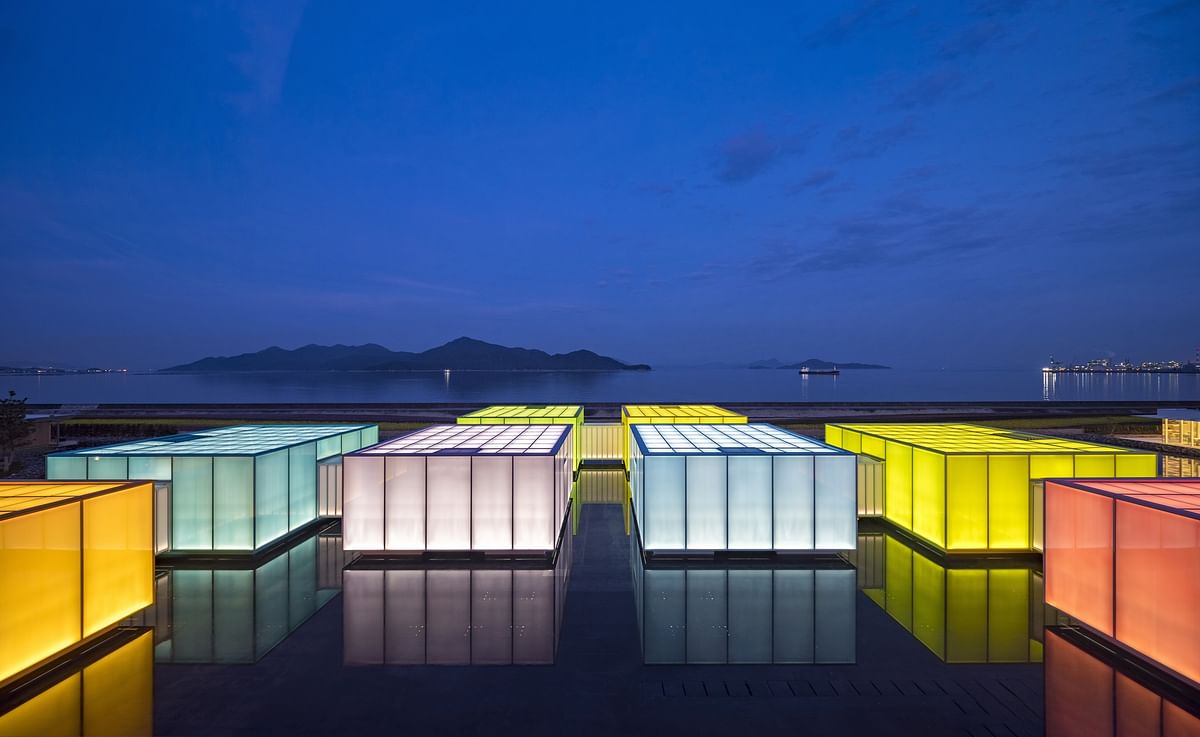
Related
The Prix Versailles just unveiled the winners of this year's World Titles trophies, honoring outstanding achievements in architectural and interior design. During a ceremony at UNESCO Headquarters in Paris, the program selected the main prize winners from a field of "World’s Most Beautiful" categories (we've been covering the finalists over the past months).
"Architecture has the ability to display creative and stylistic diversity with great force," jury chair Benjamin Millespied, a dancer and choreographer, shared at the ceremony. "That diversity is the sign that the attention given to nature, togetherness and different forms of expertise can help an environment emerge, one that is both receptive to expression and capable of harmony. Such an assembly of actors from every background reminds us of culture’s unique talent for leading humankind into dialogue."
This year's Prix Versailles jury panel also included architects Daniel Libeskind, David Adjaye, Wang Shu, and Sou Fujimoto, as well as fashion designer Guo Pei, violinist Julia Fischer, and actress Blanca Suárez.
MUSEUMS (see all finalists)
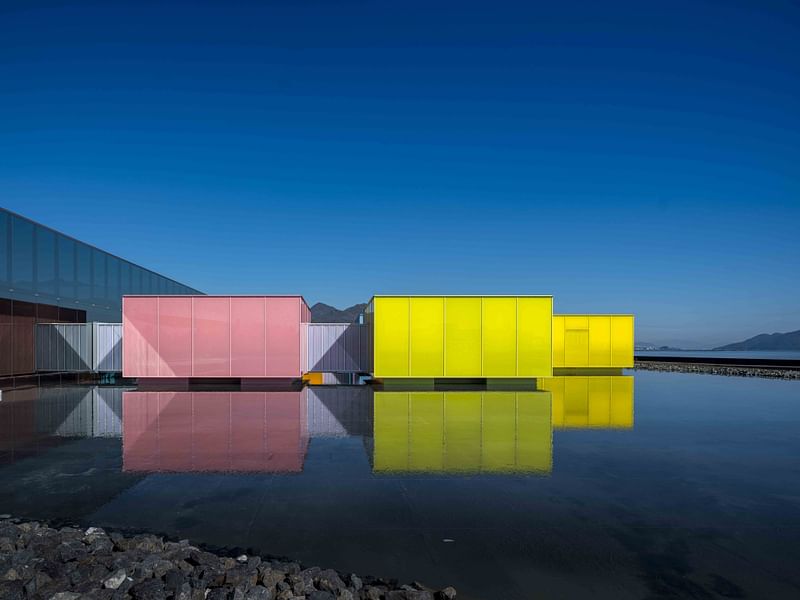
- Prix Versailles: Simose Art Museum in Otake, Japan
- Special prize for an Interior: Smritivan Earthquake Museum in Bhuj, India
- Special prize for an Exterior: Oman Across Ages Museum in Manah, Oman
EMPORIUMS (see all finalists)

- Prix Versailles: Dior in Geneva, Switzerland
- Special prize for an Interior: SKP in Chengdu, China
- Special prize for an Exterior: Nouvelles Galeries in Annecy, France
HOTELS
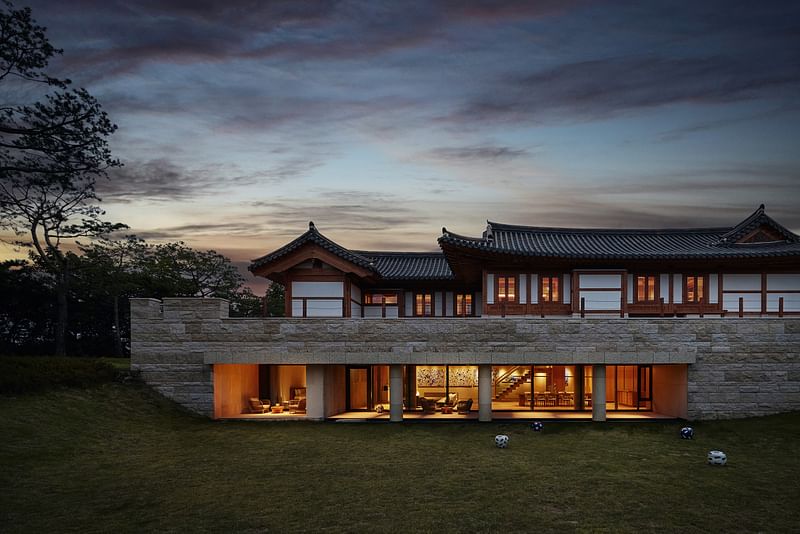
- Prix Versailles: The Hanok Heritage House in Yeongwol, Republic of Korea
- Special prize for an Interior: The Ned Doha in Doha, Qatar
- Special prize for an Exterior: The Dolli in Athens, Greece
RESTAURANTS
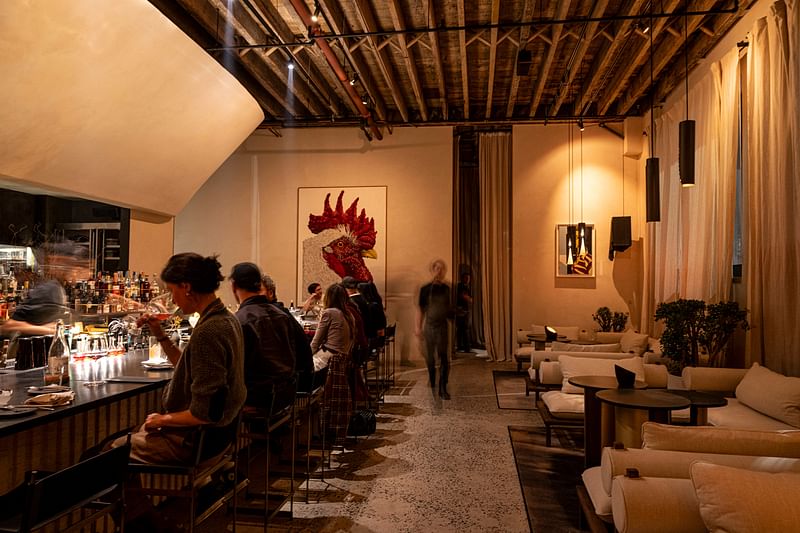
- Prix Versailles: Ilis in New York, United States
- Special prize for an Interior: Ariana’s Persian Kitchen in Dubai, United Arab Emirates
- Special prize for an Exterior: Madi Hiyaa in North Malé Atoll, Maldives
AIRPORTS (see all finalists)
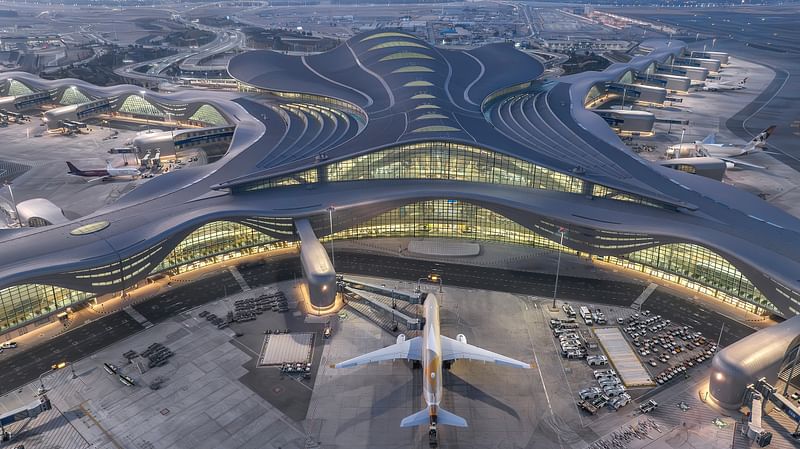
- Prix Versailles: Zayed International Airport in Abu Dhabi, United Arab Emirates
- Special prize for an Interior: Changi Airport Terminal 2 in Changi, Singapore
- Special prize for an Exterior: Suvarnabhumi Airport Midfield Satellite 1 in Bangkok, Thailand
CAMPUSES (see all finalists)
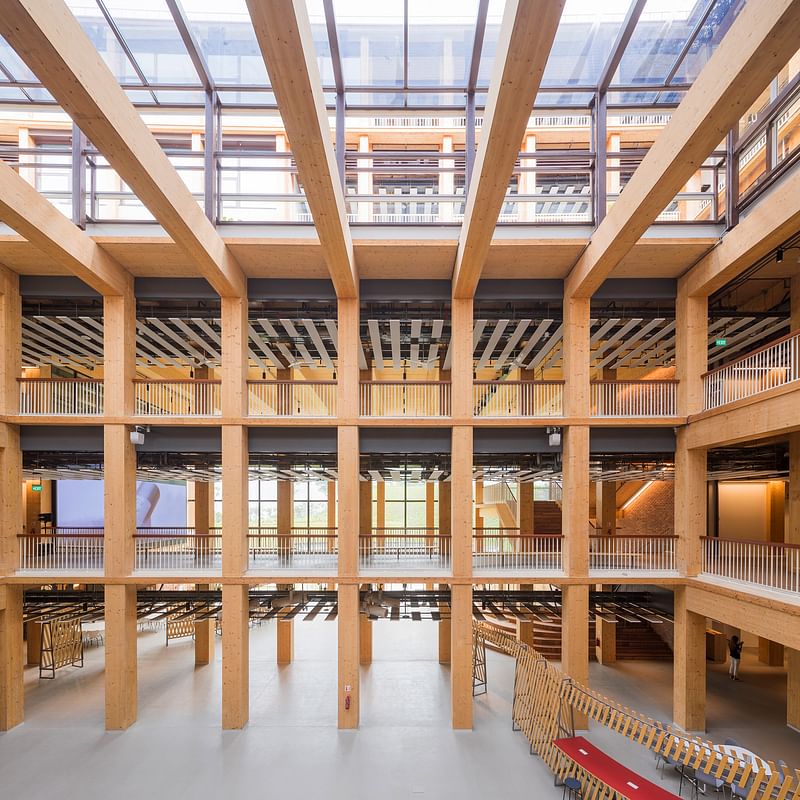
- Prix Versailles: Nanyang Technological University Gaia Singapore, Singapore
- Special prize for an Interior: University of Edinburgh Edinburgh Futures Institute in Edinburgh, United Kingdom
- Special prize for an Exterior: Paris-Saclay University Henri Moissan Centre in Orsay, France
PASSENGER STATIONS (see all finalists)
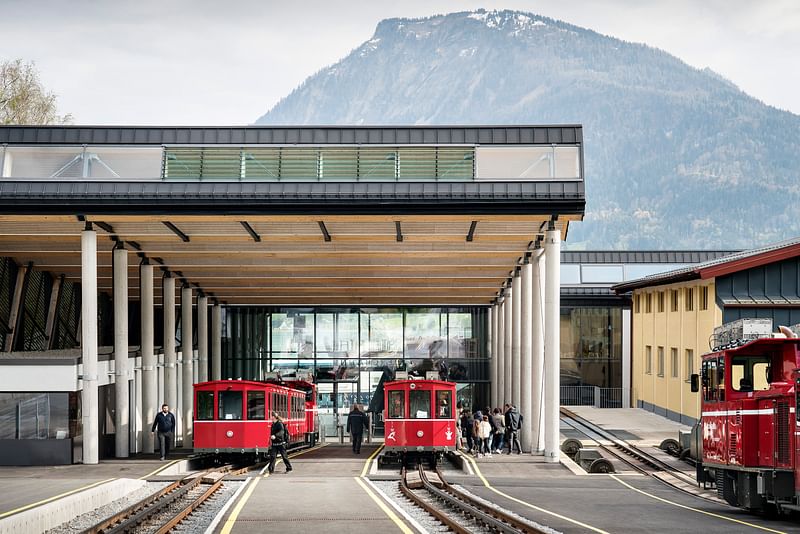
- Prix Versailles: Schafbergbahn Station in St. Wolfgang, Austria
- Special prize for an Interior: Grand Central Madison in New York, United States
- Special prize for an Exterior: Toulouse Matabiau Station in Toulouse, France
SPORTS VENUES (see all finalists)
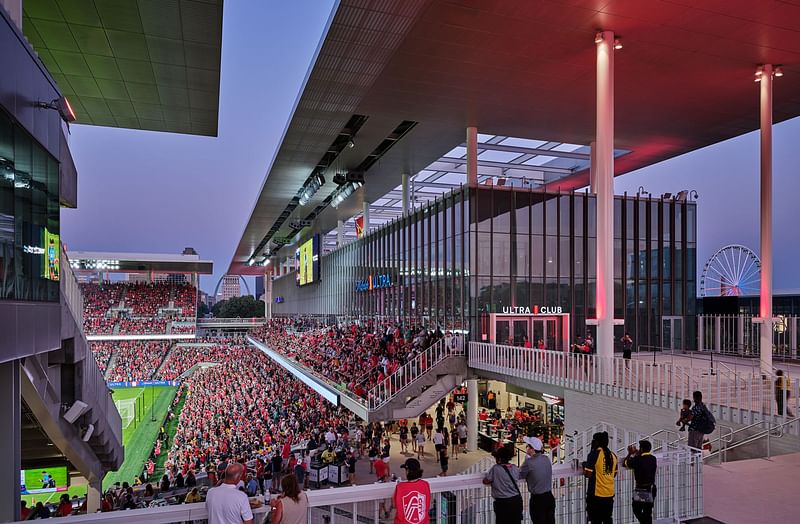
- Prix Versailles: CityPark in St. Louis, United States
- Special prize for an Interior: təməsew̓txʷ in New Westminster, Canada
- Special prize for an Exterior: Olympic Aquatic Centre in Saint-Denis, France

RELATED NEWS A look at the Prix Versailles 2023 World Titles winners

RELATED NEWS UNESCO celebrates best contemporary architecture of 2022 at Prix Versailles


Share
0 Comments
Comment as :